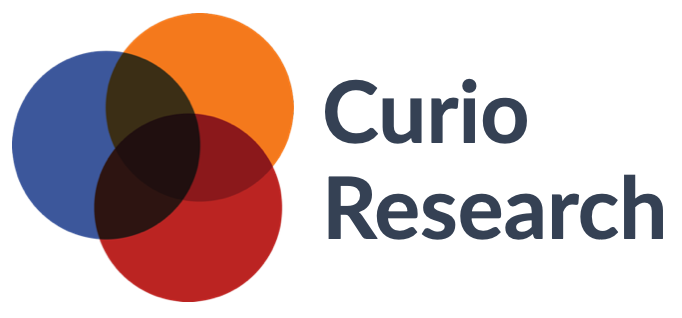Bridging the Gap: How Mental Model Mapping Unlocks Success in Green FinTech
As a green tech product owner in the financial sector, you're at the forefront of a revolution. You're creating innovative tools that empower consumers and businesses to make environmentally conscious financial decisions. But have you ever wondered why some of your brilliantly designed features go unused, or why adoption rates aren't as high as you'd hoped?
The answer often lies in the gap between how you envision your product being used and how users actually think about their financial decisions in relation to sustainability. This is where mental model mapping comes into play – a powerful UX research technique that can dramatically enhance the effectiveness and appeal of your green fintech solutions.
Mental models are the internal representations people have about how something works. In the context of green finance, these models encompass beliefs about sustainability, investing, personal finance, and technology. By mapping out these mental models, you gain crucial insights into your users' thought processes, expectations, and potential barriers to adoption.
Here's how mental model mapping can transform your green fintech product development:
Uncovering hidden assumptions: You might assume users understand concepts like carbon offsets or ESG investing, but mental model mapping often reveals gaps in knowledge or misconceptions that your product needs to address.
Aligning with existing behaviors: By understanding how users currently think about and manage their finances in relation to sustainability, you can design features that feel like natural extensions of their existing habits.
Identifying opportunity areas: Mental model maps often reveal "white spaces" – areas where user needs aren't being met by current solutions. These gaps can inspire innovative new features or entire product lines.
Improving onboarding and education: When you know your users' starting point, you can create more effective tutorials and guides that bridge the gap between their current understanding and your product's capabilities.
Enhancing communication: Mental model insights allow you to frame your product's benefits in terms that resonate with your users' existing beliefs and values around green finance.
To create a mental model map, UX researchers employ a variety of methods:
In-depth interviews to explore users' thought processes around green finance
Card sorting exercises to understand how users categorize and prioritize different financial and sustainability concepts
Journey mapping to visualize how users currently approach environmentally conscious financial decisions
Observation sessions to see how users interact with existing financial tools and sustainability information
The resulting mental model map becomes a powerful tool for your entire team. Product managers can use it to prioritize features that align with user thinking. Designers can create interfaces that match users' expectations. Marketers can craft messaging that speaks directly to users' existing beliefs and motivations.
By investing in mental model mapping, you're not just building a green fintech product – you're creating a solution that seamlessly integrates into your users' lives and thought processes. This user-centric approach leads to higher adoption rates, increased engagement, and ultimately, a greater positive impact on sustainable finance practices.
So, as you continue innovating in the green fintech space, consider how mental model mapping could elevate your product strategy. By truly understanding how your users think, you can create financial tools that don't just promote sustainability, but become an indispensable part of users' journey towards a greener financial future.
